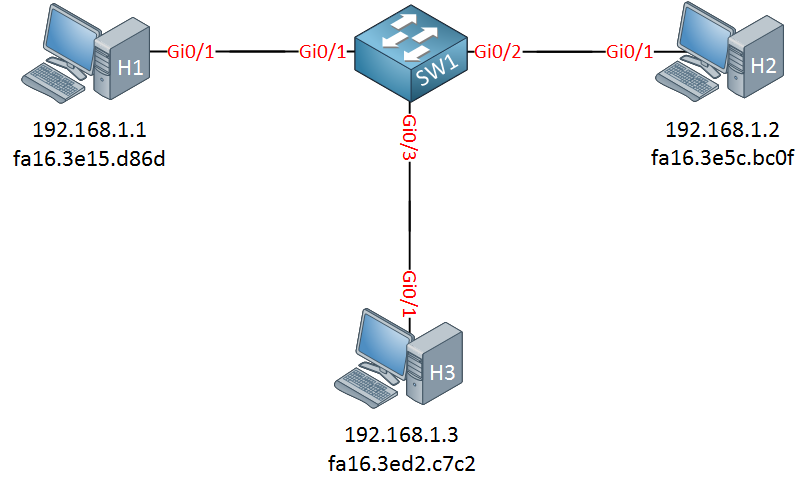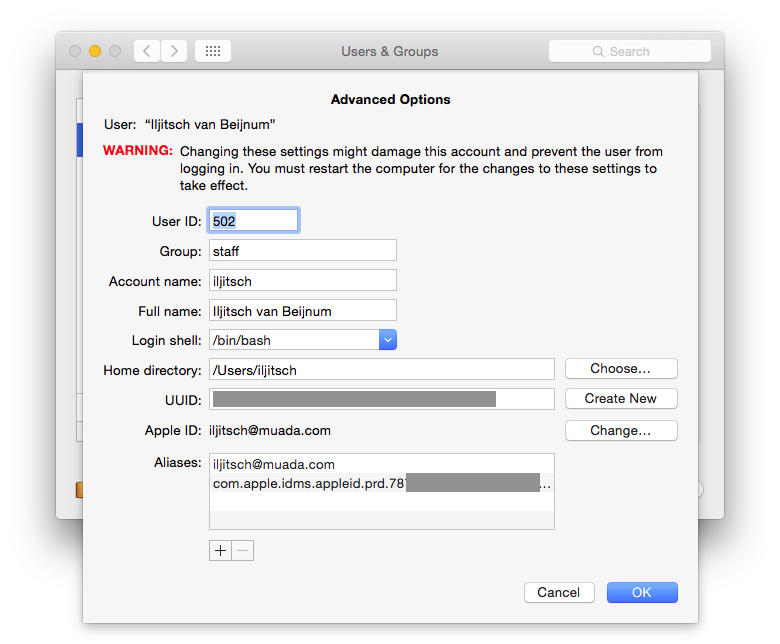

That the device can secure is configurable per interface. The device does not allow traffic from these MAC addresses on another interface within the same VLAN. The MAC addresses in the restricted set are called secure MAC addresses. Port security allows you to configure Layer 2 physical interfaces and Layer 2 port-channel interfaces to allow inbound trafficįrom only a restricted set of MAC addresses. This chapter includes the following sections: This chapter describes how to configure port security on Cisco NX-OS devices. Additional References for Port Security.Example: Configuring Port Security on the vPC Leg.Example: Configuring Port Security on an Orphan Port.Configuration Examples for Port Security in a vPC Domain.Configuration Example for Port Security.Verifying the Port Security Configuration.Configuring a Security Violation Action.Configuring an Address Aging Type and Time.

Configuring a Maximum Number of MAC Addresses.Removing a Static Secure MAC Address on an Interface.Adding a Static Secure MAC Address on an Interface.Enabling or Disabling Sticky MAC Address Learning.Enabling or Disabling Port Security on a Layer 2 Interface.Enabling or Disabling Port Security Globally.Guidelines and Limitations for Port Security on vPCs.Guidelines and Limitations for Port Security.Licensing Requirements for Port Security.Port Security and Port-Channel Interfaces.And if you make your device forget the network, it will also forget the private address it used with that network, unless it has been less than 2 weeks since the last time it was made to forget that network. Starting with iOS 15, iPadOS 15, and watchOS 8, if your device hasn’t joined the network in 6 weeks, it uses a different private address the next time it connects to that network.If you erase all content and settings or reset network settings on the device, your device uses a different private address the next time it connects to that network.In some cases, your device will change its private Wi-Fi address: This unique MAC address is your device's private Wi-Fi address, which it uses for that network only. Starting with iOS 14, iPadOS 14, and watchOS 7, your device improves privacy by using a different MAC address for each Wi-Fi network. This allows a kind of user tracking or profiling, and it applies to all devices on all Wi-Fi networks. If the device always uses the same Wi-Fi MAC address across all networks, network operators and other network observers can more easily relate that address to the device's network activity and location over time. To communicate with a Wi-Fi network, a device must identify itself to the network using a unique network address called a Media Access Control (MAC) address.


 0 kommentar(er)
0 kommentar(er)
